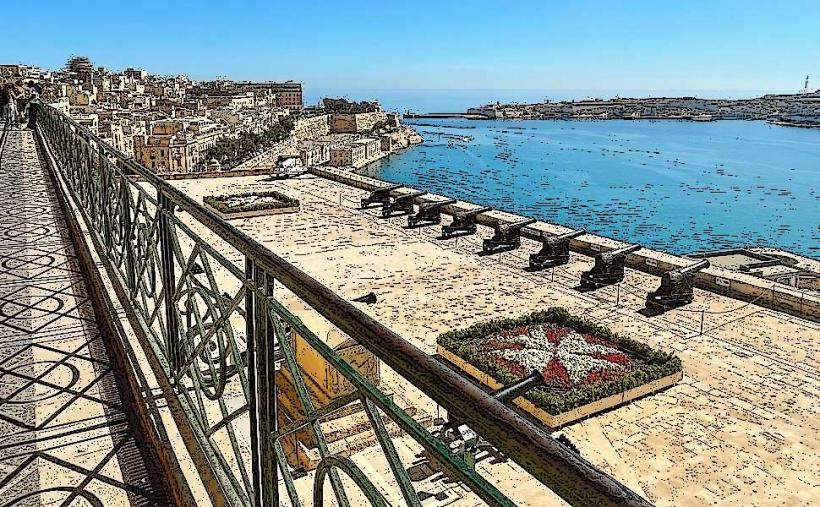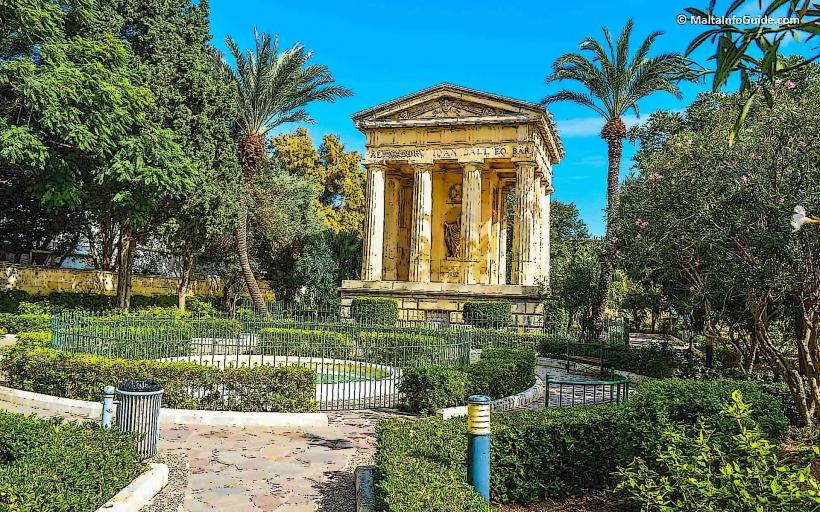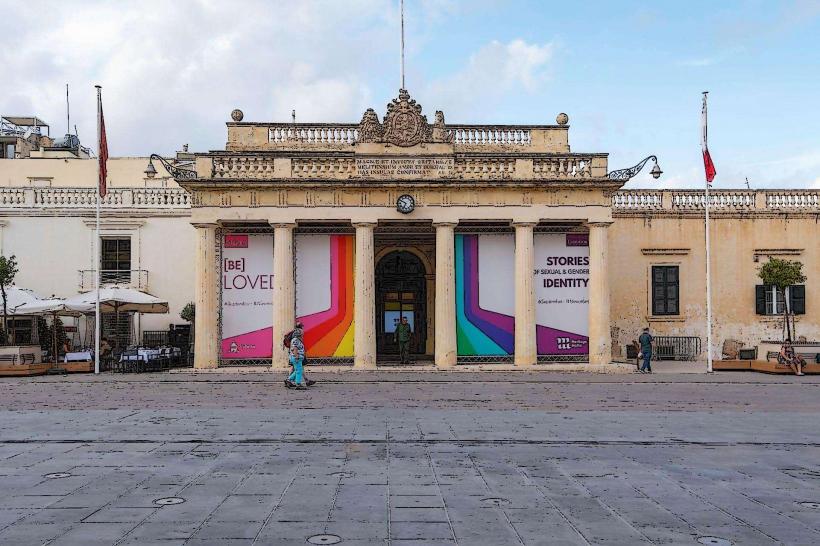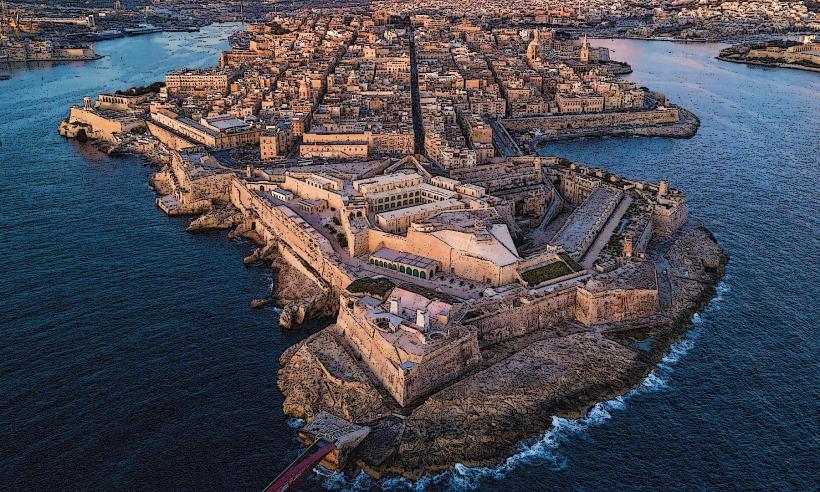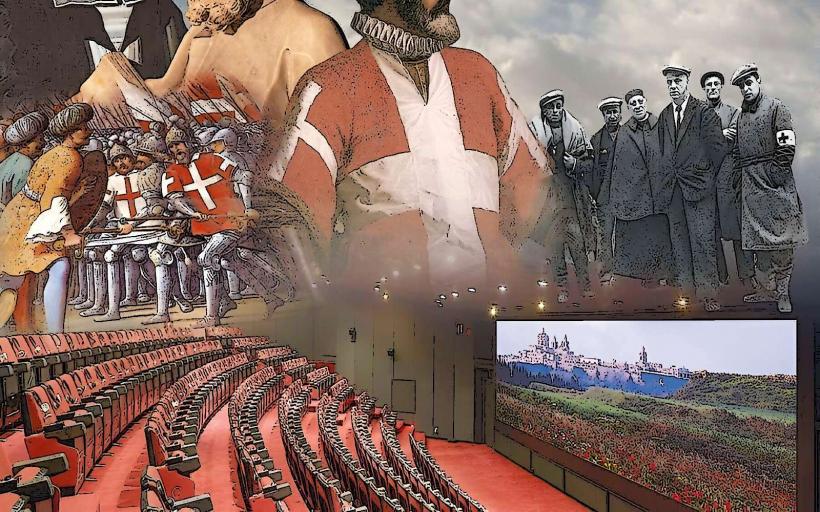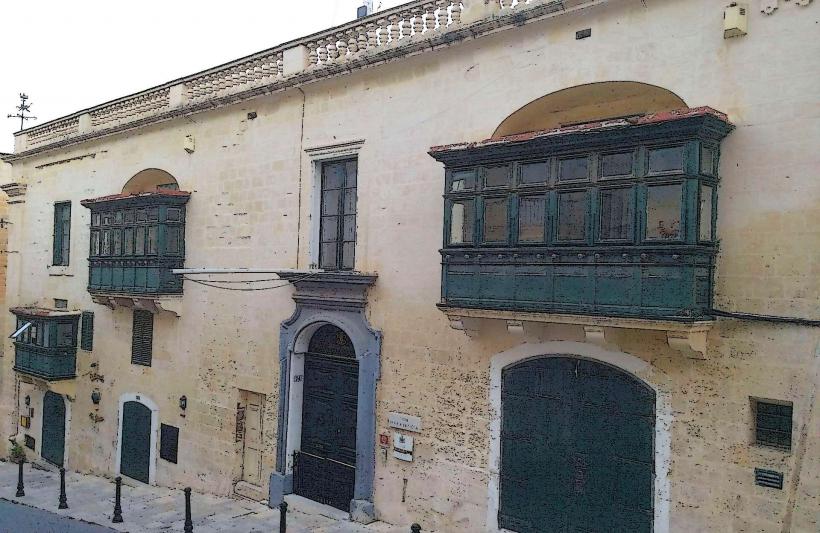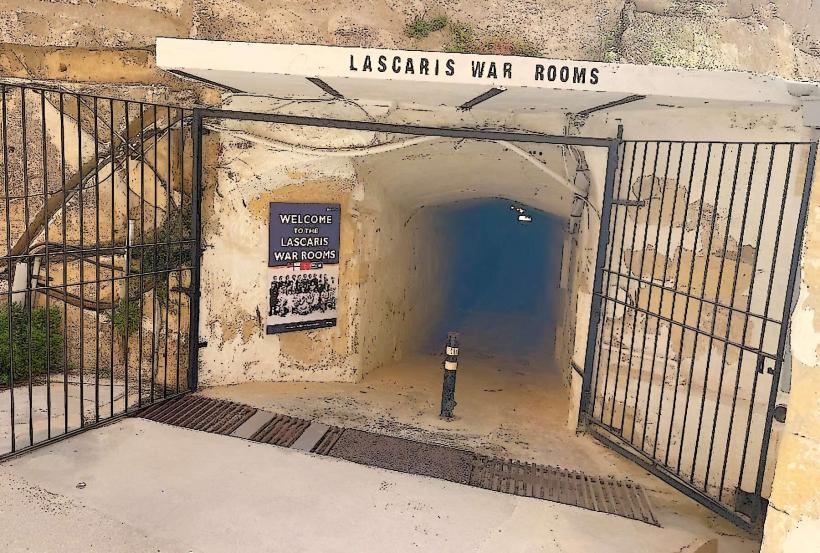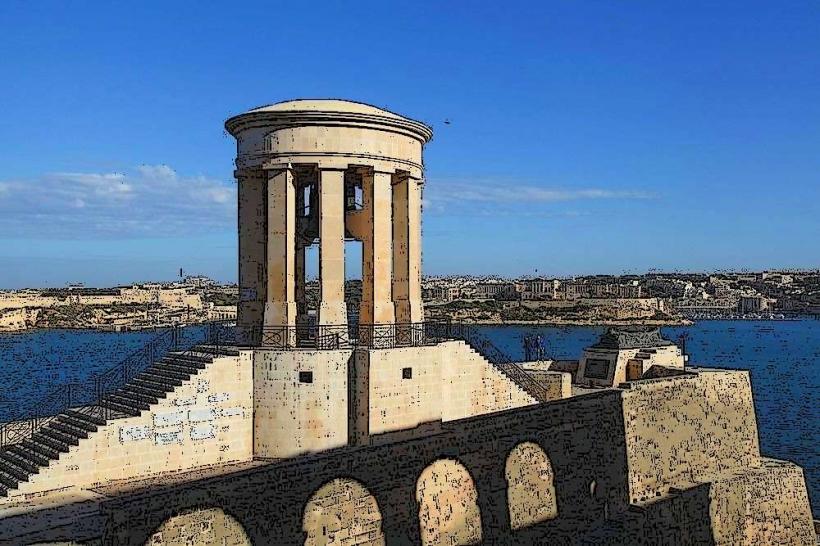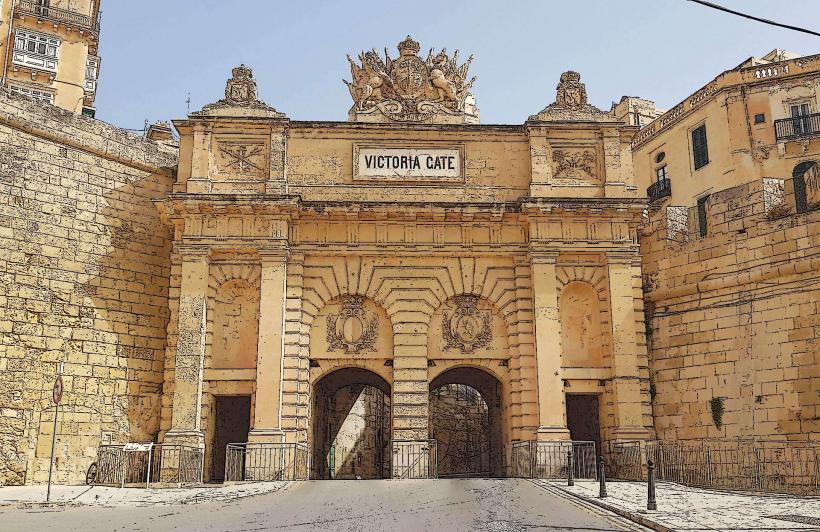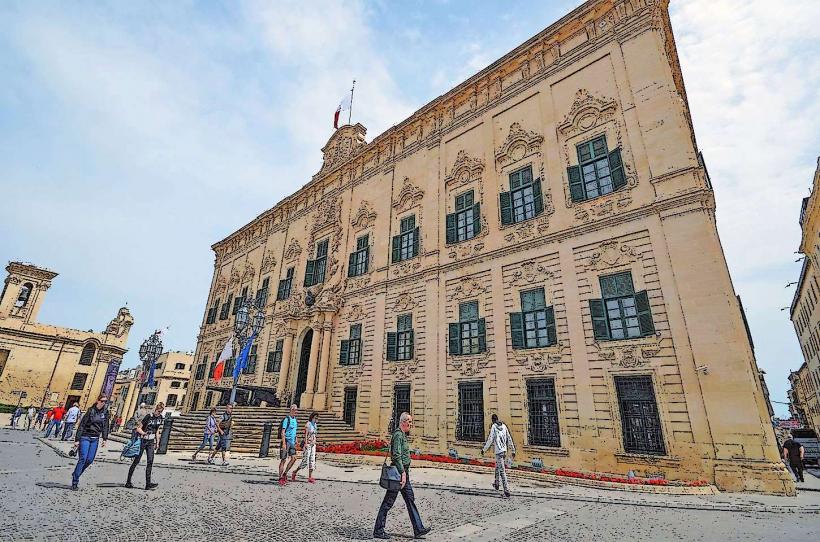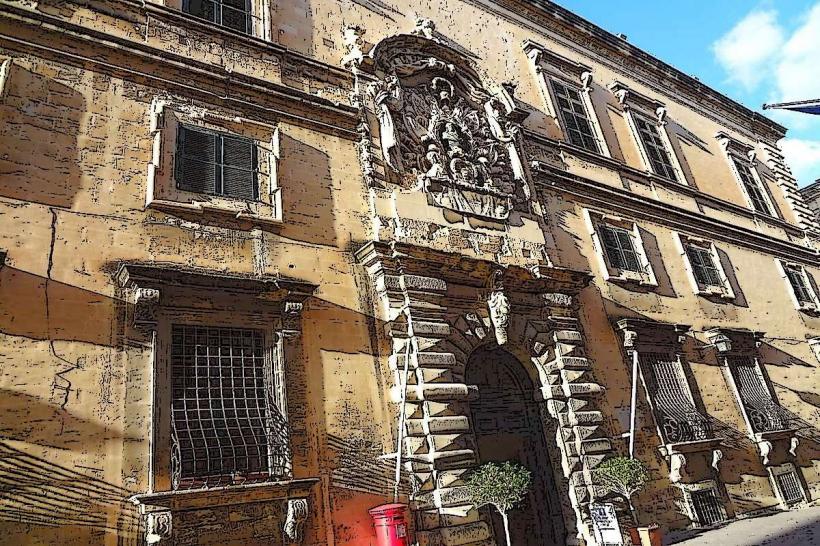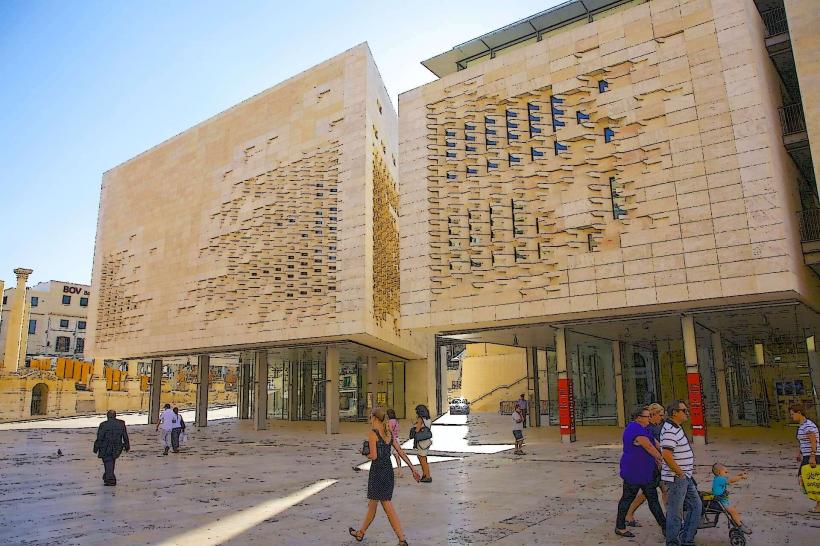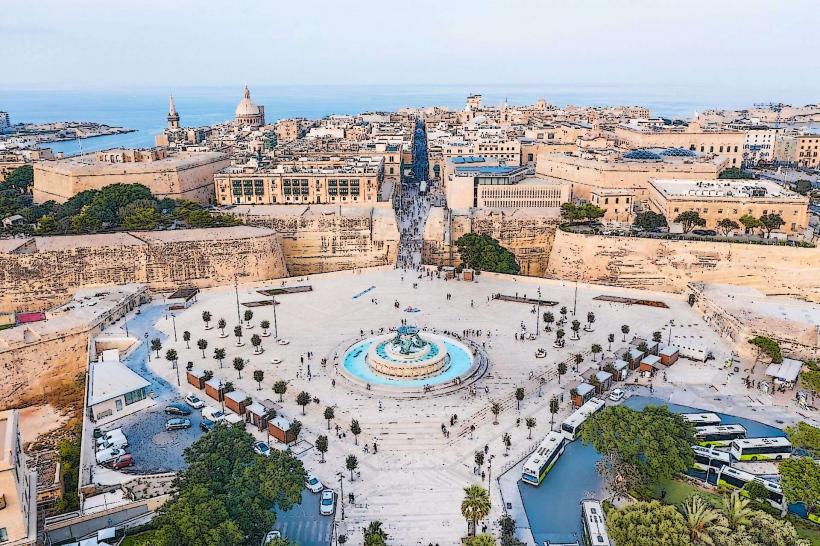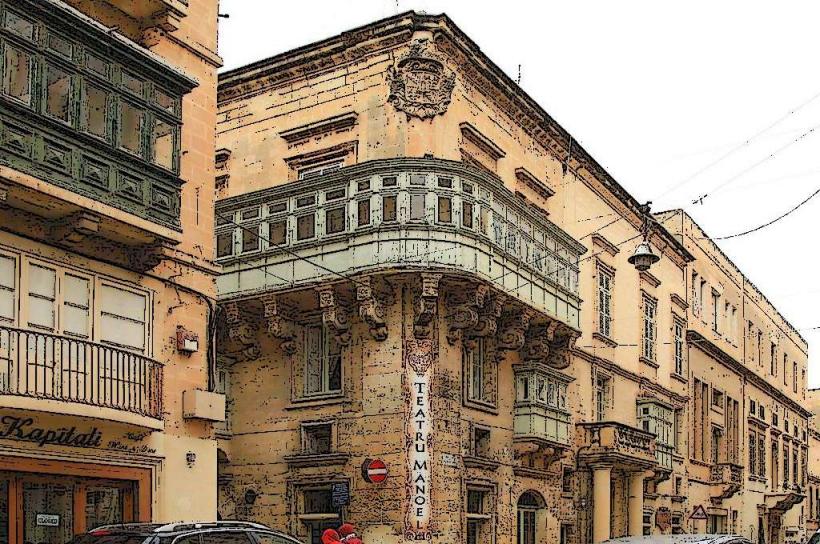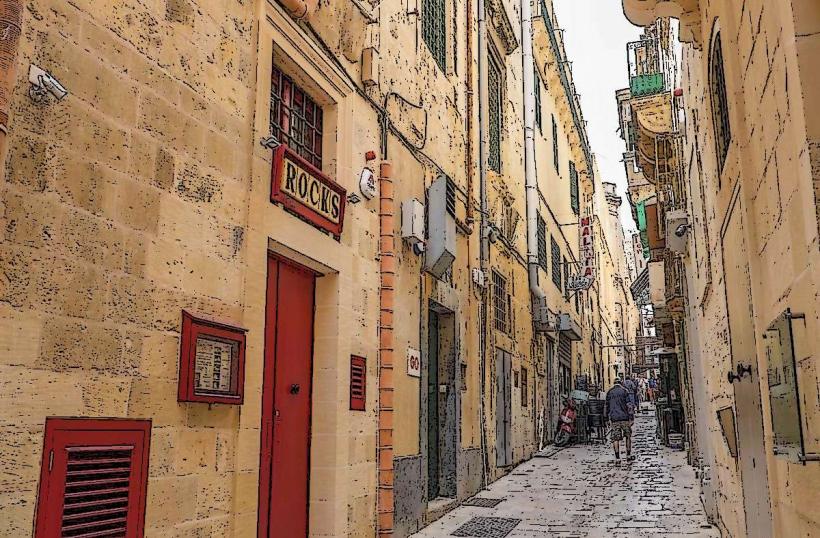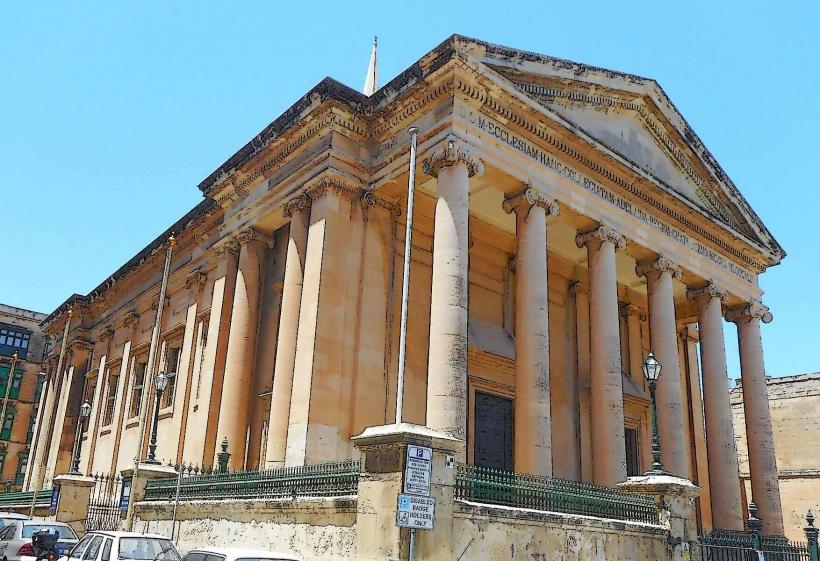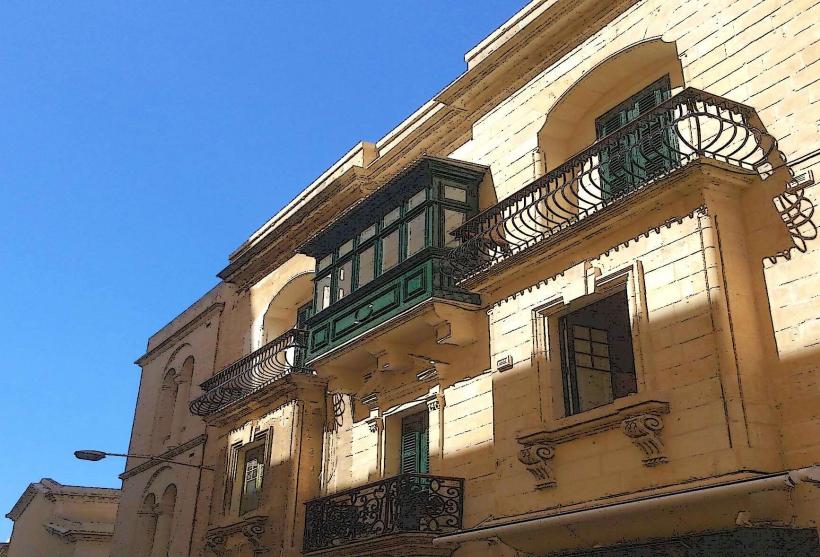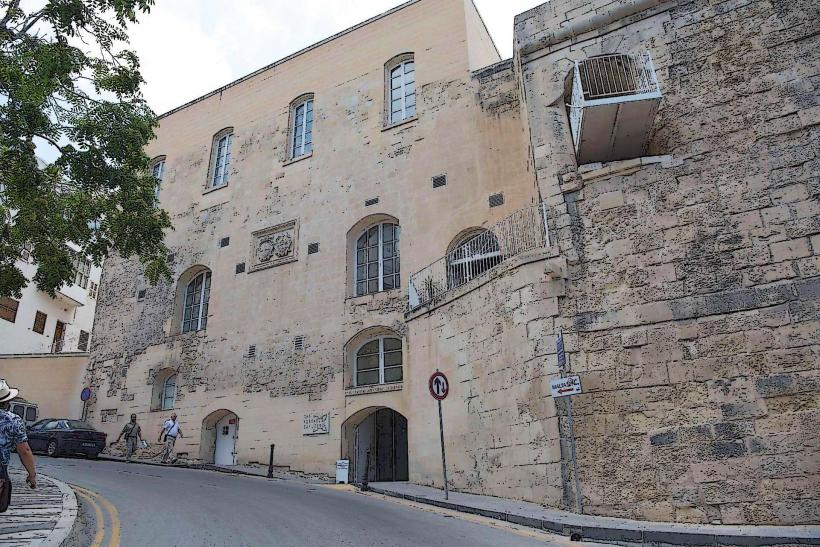Information
Landmark: Grandmaster's PalaceCity: Valletta
Country: Malta
Continent: Europe
The Grandmaster’s Palace, located in the heart of Valletta, Malta, is one of the most significant historical and architectural landmarks on the island. Serving as the official residence of the Grand Masters of the Knights of St. John for centuries, the palace is a magnificent example of Baroque architecture and a symbol of the Knights' power and influence in Malta.
Historical Background
Construction and Purpose: The Grandmaster’s Palace was originally constructed in the late 16th century, starting in 1571 and continuing over several decades. It was designed as the residence of the Grand Master of the Knights of St. John, the leader of the religious and military order that ruled Malta after being granted sovereignty by the Pope. The building was also intended to serve as a seat of government, housing the administrative offices of the Knights.
Role of the Grandmasters: The Grandmaster’s Palace was not just the home of the Grand Masters, but also the center of political power during the time of the Knights of St. John. It hosted important state functions, meetings of the Council of the Order, and key decision-making events related to the governance of Malta and its defense against the Ottoman Empire. The Grand Masters used the palace to demonstrate their power, and it became a symbol of their rule on the island.
Post-Knights Period: After the French occupation of Malta in 1798, the palace became the residence of the French governors. However, following the British arrival in 1800, the palace served as the headquarters for the British colonial administration. Today, it is used as the Office of the President of Malta and is home to the Parliament of Malta.
Architectural Features
Exterior Design: The exterior of the Grandmaster’s Palace is a fine example of Renaissance and Baroque architecture. The palace's elegant façade features large windows, a grand entrance, and a prominent clock tower. Over the centuries, the building has been expanded and renovated, but it has retained its impressive style, with intricate details on the exterior and a grand staircase leading to the entrance.
Main Entrance and Courtyard: The main entrance to the palace opens into a beautiful courtyard where visitors can admire the grand architectural design. This area was once used for military and ceremonial purposes, including the arrival of distinguished visitors. The courtyard is lined with grand columns and has an imposing central fountain, contributing to the overall splendor of the space.
Palace Interiors: Inside, the Grandmaster’s Palace is just as impressive as its exterior. The interiors are designed to convey both luxury and the martial heritage of the Knights. Visitors can explore several key rooms, including the State Rooms, the Council Chamber, and the Courtyard.
The Council Chamber: One of the most important rooms in the palace, this space was used for meetings between the Grand Master and the Council of the Order. The room’s rich furnishings, grand chandeliers, and tapestries reflect the authority of the Knights and the grandeur of their rule. The Council Chamber is adorned with portraits of several Grand Masters, emphasizing the continuity of the Knights' leadership in Malta.
The Armoury: The palace is also home to an extensive armory, where a vast collection of weaponry and armor used by the Knights is on display. This impressive collection includes suits of armor, swords, muskets, and other military equipment that highlight the martial nature of the Knights. The Palace Armoury is one of the best-preserved collections of its kind in Europe, offering a glimpse into the military prowess of the Order.
The Throne Room: The Throne Room is where the Grand Master would hold court and receive official visitors. The room is lavishly decorated, with a large golden throne, fine tapestries, and intricate frescoes depicting scenes of the Order's military victories and religious devotion. The room was designed to impress visitors and demonstrate the power and dignity of the Grand Master.
The Tapestries: Throughout the palace, visitors will notice famous tapestries, many of which were gifted to the Grand Masters by European monarchs. These tapestries depict allegories and historic scenes related to the Order of St. John.
The Palace’s Role Today
Presidential Palace: Today, the Grandmaster’s Palace serves as the official residence of the President of Malta. The palace hosts important state functions, including ceremonies, meetings, and official visits from foreign dignitaries. The President's office is located here, and the palace remains a center of political activity on the island.
Parliament of Malta: In addition to housing the President’s office, part of the Grandmaster’s Palace is also home to the Parliament of Malta. The House of Representatives meets in a modern, purpose-built chamber within the palace, which integrates contemporary design with the historic building’s legacy. This makes the palace an important site for both historical and modern governance in Malta.
Museum: The Grandmaster’s Palace is also open to the public as a museum, where visitors can explore its rich history and magnificent collections. The museum provides insight into the history of the Knights of St. John, their role in Malta’s defense and governance, and the island’s broader history. The Armoury and the State Rooms are particularly popular with visitors who wish to understand the martial and political power of the Knights.
Cultural and Visitor Information
Location: The Grandmaster’s Palace is located in the heart of Valletta, Malta’s capital city. It is within walking distance of other major attractions, including St. John’s Co-Cathedral, the National Museum of Archaeology, and the Upper Barracca Gardens.
Visiting the Palace: The palace is open to visitors throughout the week, with an entry fee. The audio-guided tours offer detailed explanations of the building’s history, architecture, and significance, as well as information about the various rooms, art collections, and the role of the Grand Masters.
Opening Hours: The opening hours may vary depending on the day and the events taking place at the palace. It is advisable to check in advance, especially if visiting during national holidays or special events.
Dress Code: As with many cultural and governmental sites, visitors are advised to dress modestly when visiting the Grandmaster’s Palace, especially when the areas used by the President or Parliament are in operation.
Notable Events and Celebrations
National Celebrations: The Grandmaster’s Palace plays a central role in Malta’s national celebrations, particularly during Republic Day (commemorating the day Malta became a republic in 1974) and Independence Day (celebrating Malta's independence from Britain in 1964). During these occasions, the palace hosts official ceremonies and gatherings.
Presidential Functions: Throughout the year, the Grandmaster’s Palace hosts various state functions, including visits from heads of state, official galas, and other formal events that highlight Malta’s political and diplomatic importance.
The Grandmaster’s Palace is an essential visit for anyone interested in the history of Malta, the Knights of St. John, and Baroque architecture. Its blend of historical significance, stunning artwork, and cultural importance makes it one of Valletta’s key landmarks. Whether you are fascinated by the Knights’ legacy, the palace’s role in Maltese politics, or simply want to admire its architectural beauty, the Grandmaster’s Palace offers a glimpse into Malta’s rich past.


